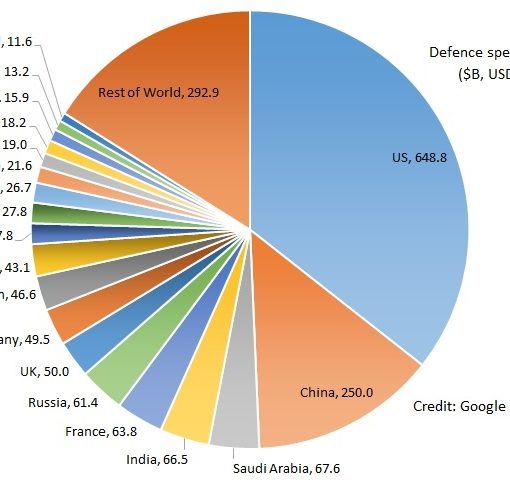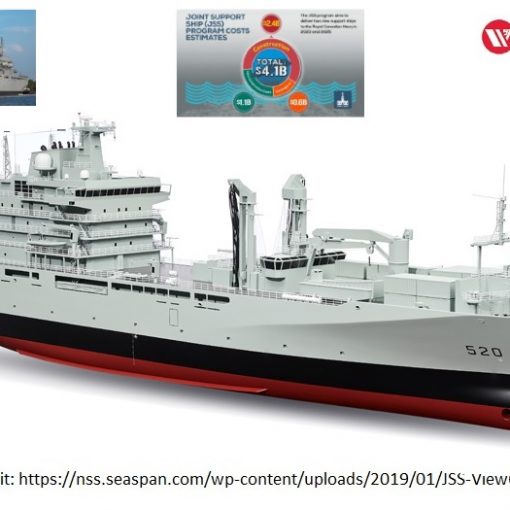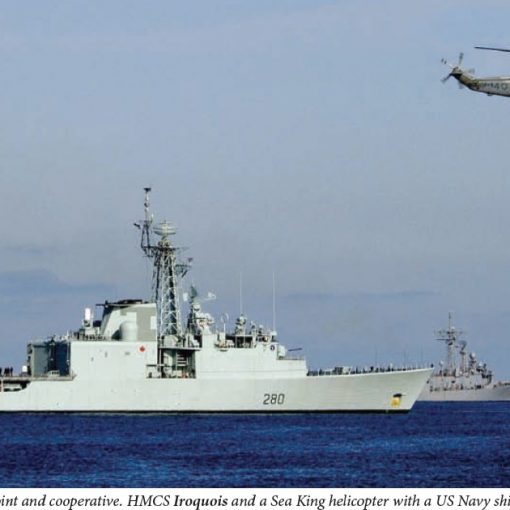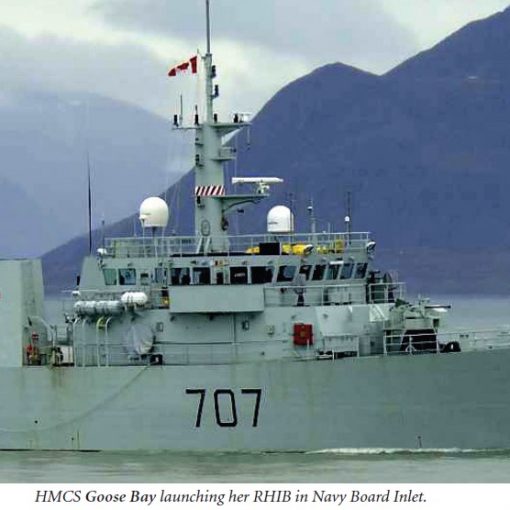Far be it from me to correct my betters in historical research, but I tend to note items in research papers and commentary that are in error. In your entirely correct article on the Byers and Webb article on the submarine problems (Having, even as a naval reservist, served in two submarines, I entirely agree with your criticisms of their piece, and the need, if the RCN is to be a ‘navy’, to have submarines. If Singapore has four, growing to six, then surely we do!), you say the first RCN success was versus U-501 by Chummy Prentices two corvettes. That was indeed thought to be so until a review in the 1980’s of all German and Allied radio messages by a researcher, Mr. R.M. Coppock of the Ministry of Defence’s History Section, who I met. He established that the first RCN success belongs to Cdr. Rollo Mainguay in HMCS Ottawa (I) that sank the Italian Faa di Bruno on 06 Nov 1940. You do say enemy, not U-boat sinking!
Coppock also was able to credit two other early sinkings by neat corvette attacks that changed records: Morden sinking U-756, on 01 Sep 1942, and Prescott of U-163 on 13 Mar 1943. It was a bad time for the RCN until just after this, so it deserves all the credit it can be given! All of these details are covered in our Canadian Naval Chronicle, from Vanwell (1998, 2nd revised edition). But he was quite prepared to show me on what his research for changes in U-boat credits was based. He had a re-look at EVERY case where there were no prisoners or absolutely identified debris or a boarded U-boat sinking.
Then, he went back through all Allied and Kriegsmarine signals traffic and all ordered patrols to make his comparisons.
The RCN gained four kills, lost one (which I contend is still debatable – Dunver and & Hespeller - the Admiralty was very hard nosed about credits!). Coppock still left quite a few for sure [as] “unknowns.” But he [was] meticulous in establishing proof as far as he could, often enough ending as “Certainly lost after (date),” “ABCD ships made a good attack at (time, date and area) ... and no further word.” “So, it must have been ABC's kill as the only possibility.” Or “U-xxx although damaged, reported an attack at that time by an aircraft, but returned to St. Nazaire. Thus the loss of U-yyy must be credited to HMS ABC, and not the aircraft" and so on. Fascinating stuff.
I contend the RCN was a bit better than credited and, given the opportunities, conducted themselves satisfactorily. The early sinking by Jack Hodgkinson, RCNR, in Morden on 01 Sep 43 was a text book attack – one urgent and two carefully set up - by an RCNR! Same for ‘Red’ McIsaac, RCNVR, in Prescott on 13 Mar 43, who coped with what he thought were two U-boats at night attacking his convoy. Turns out, there was probably only the one, U-163, but his attacks were again very competent. A lot of the problem was not our people but our equipment - inadequate asdic and radar mostly, [which were] Canadian stuff!
As well, I suspect that in the early 1941-42 period, the RN’s actions with slow convoys, if given the same comparisons of numbers escorts to merchantmen, wasn't much better than the RCN's, and their ships more often commanded by RN officers, vs. our volunteer reserves and naval reserves. That would be a complicated research project for a grad student!
Moderator’s Note*: This post is a compilation of three emails between the author and the moderator on the subject of an earlier posting. The text presented here has been edited with the author’s permission.




